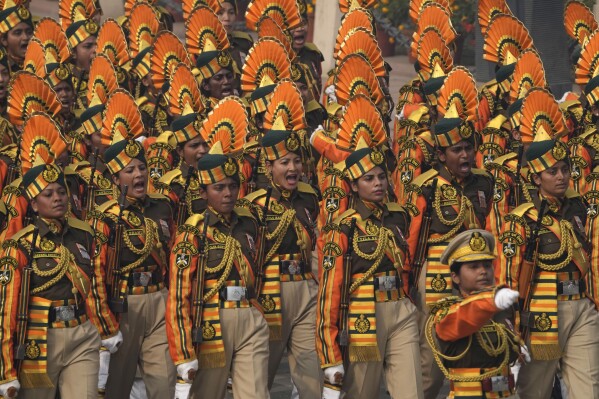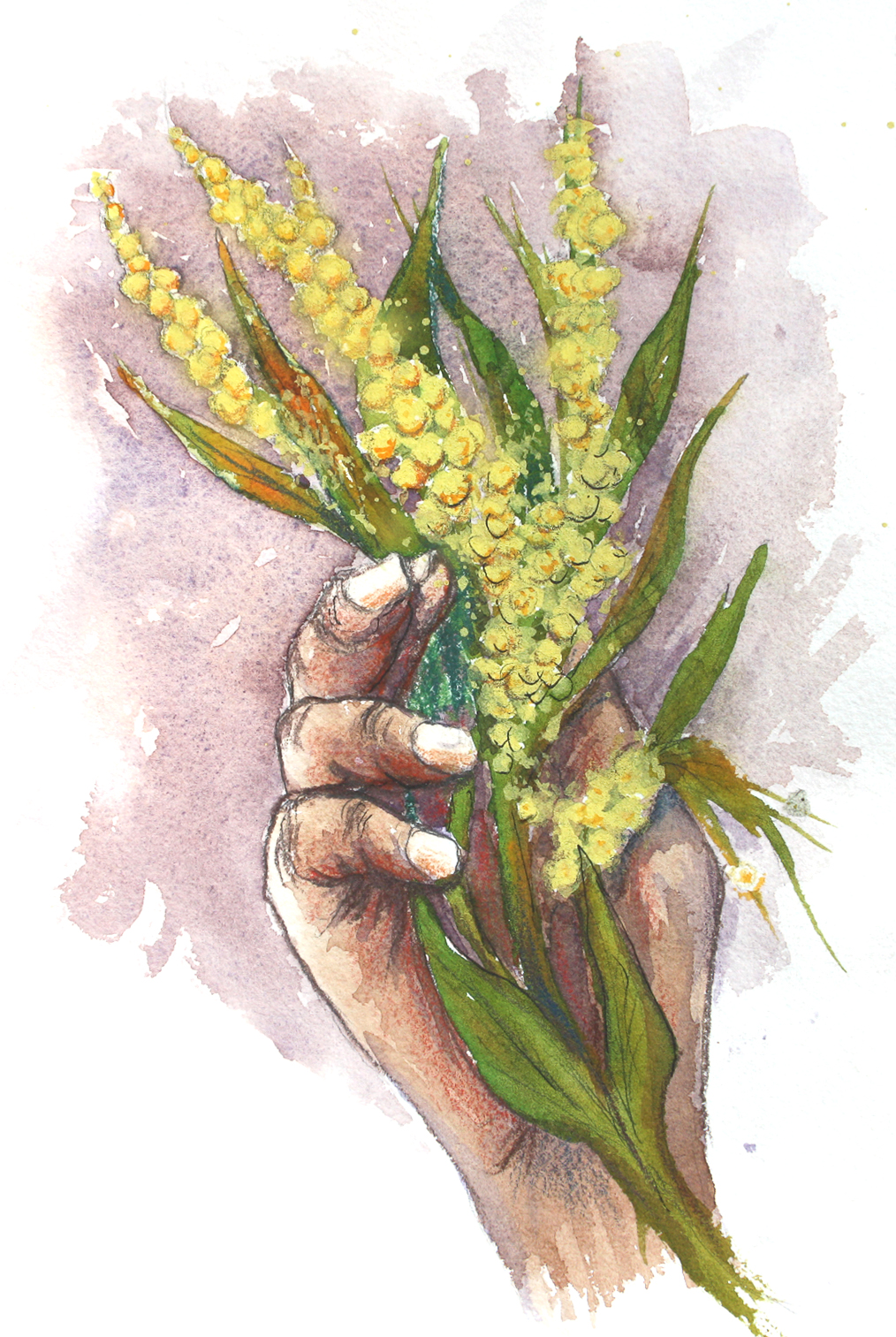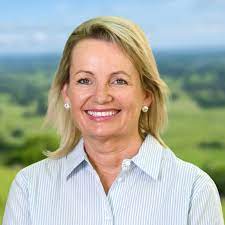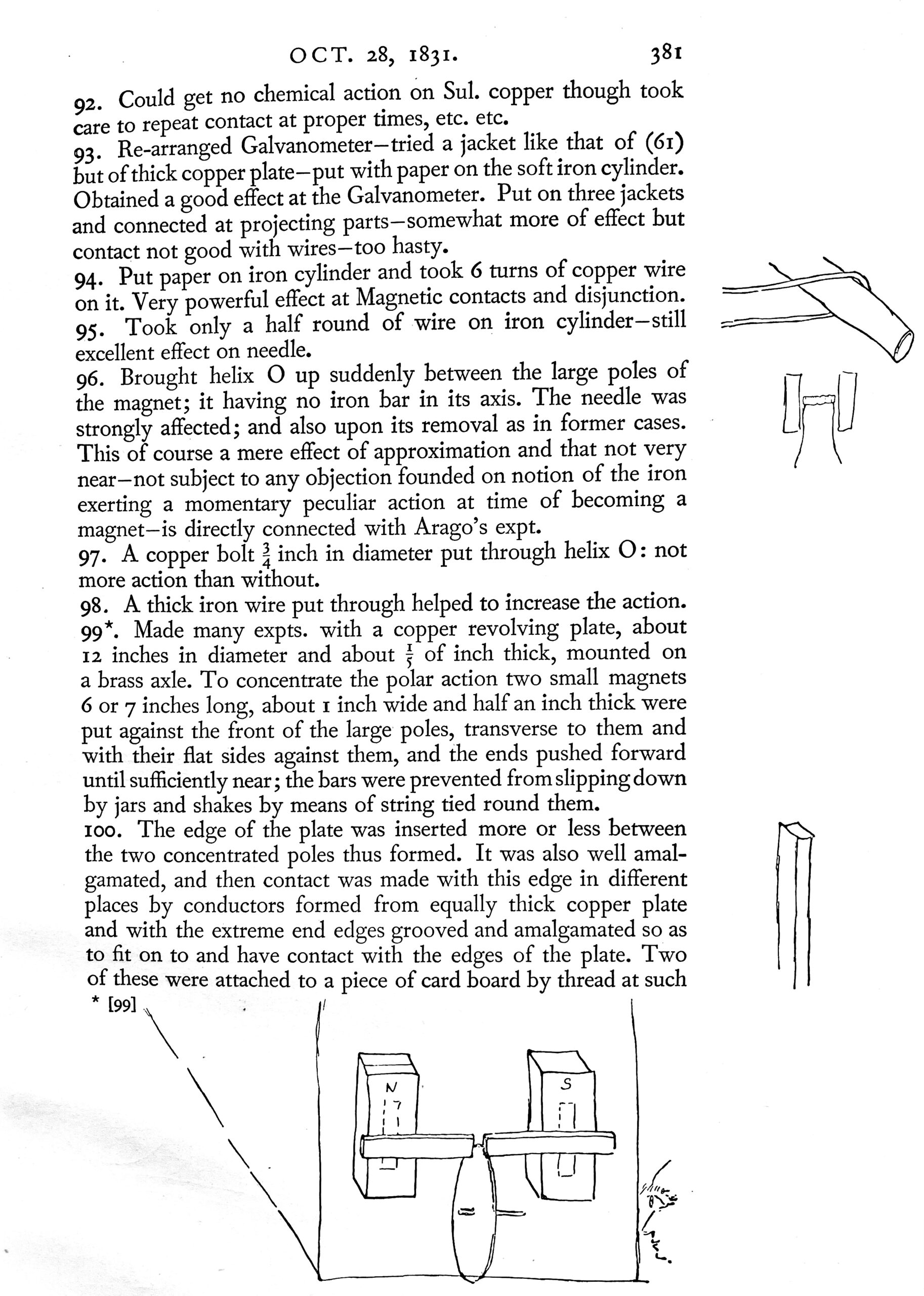
Australia Day is over for one more year. Done and dusted. Somewhat confused, because it is called Australia Day to commemorate the establishment of a convict colony on January 26, 1788, by Arthur Phillip at Port Jackson. Actually, Phillip had landed at Botany Day eight days earlier on January 18; thus, for the Aboriginal purist that is the actual Invasion Day.
January 26 is essentially Convict Day, but until the eruption of controversy over the day, it just marked the end of summer holidays. In the USA they have a similar Day, Labor Day, which signals the end of summer, and many Americans take a two-week vacation leading up to the Labor Day weekend in the first week of September. Students go back to school and the autumn activities, particularly the various levels of American football commence training. It is totally accepted as a normal marker in the year.
Now that Australia has been weaponised by a segment of the Aboriginal population and then confused with other reasons to protest, it will continue to be a Day of Division. There are the activities of people like those of Dutton who wish to introduce a touch of the jingo, creating a toxic cocktail to aggravate this unnecessary conflict. All the ceremonial palaver, such as the Australian of the Year, naturalisation ceremonies and the production of the Order of Australia list gets caught up in the division, defence of the flag, reluctance of business to market the concept and strutting men in black.
So, it is time to seriously contemplate a change in date. If the urban Aboriginals wish to celebrate Invasion Day shorn of its Australia Day connotation, then they should be permitted to do so, provided they get the actual date right. If it compensates for the resounding defeat of the Referendum last year, then so be it; but the danger, I believe, is that most Australians will stop listening, which would be a pity.
India has its national day on January 26. It is the date in 1951 when India adopted the constitution which identified India as a Republic. While India achieved its independence in 1947, the haste of the last Viceroy, Mountbatten, to finalise the process whereby India and Pakistan were partitioned, caused a huge loss of life. Mountbatten’s determination to conclude the process did not warrant a celebration, even if independence was gained. It may have provided a flash point for the ongoing Hindu Muslim conflict within India.
On the other hand, the Republic Day is borne with a notion of national unity, difficult given the diversity of the Indian population. Nevertheless, the photograph above of one of the contingents in the Republic Day procession in New Delhi demonstrates just a colourful demonstration of the diversity. President Macron attended the celebration this year, and a band from the French Foreign Legion marched in the parade.
Federation Day for Australia is January 1. The opening of Federal Parliament by the Duke of York has been immortalised in the Big Picture by Tom Roberts. To me it is a glum grey picture full of old men, with a stiff Duke of Cornwall & York appearing to have been plucked from a Gilbert and Sullivan operetta opening the First Parliament. Tom Roberts’ brief to paint as many faces of attendees as possible has a quaint bunyip hubris about it. The problem with January I as Australia (or Federation) Day would mean a clash between Hogmanay and Barbecue, with the loss of a holiday date. I doubt whether the Unions would agree to losing a holiday.
Federation of Australia was not a heroic endeavour of the colonies wanting to unite. The roles of Western Australia and Queensland were much as they are today, epitomised by closing their borders during the recent pandemic – and in fact foreshadowing our ongoing problem of Federated States and in the powers bequeathed by the States, even when the Australian Constitution was ratified at Federation. Hopefully not, but Federation Day would be a difficult concept for a “happy holiday” given the ingrained rivalry of states whose leaders have difficulty viewing Australia being little more than a confederacy.
I wrote a poem some time ago which embodies my preferred day for Australia Day. Robin Day, mentioned in the poem, was the presenter of Panorama, the BBC program, and he came to Australia in 1962 to seek comment on our reaction to the prospect of Great Britain joining the Common Market. Zelman Cowan, then the Dean of Law at the University of Melbourne asked Phil Cummins (later a Supreme Court judge) to collect a group of students to be interviewed by Day. He was not quite prepared for our almost universal response that we wanted to become a Republic and couldn’t care less what the Poms did.
That shook Robin Day to such an extent that Zelman Cowan led him away saying repeatedly: “Totally unrepresentative opinion”.
Now to my spin on the matter.

AUSTRALIA DAY Once in 62 upon a pastured lawn The Pom called Robin Day did ask To serried ranks we stood Respectful Should we seek republic And the answer unexpected To knees once genuflected To Day we all said aye. January 26 A day of Independence When India Grew up and threw away its swaddling clothes A cope with mace and orb and sceptred crap Lie shattered upon brown flattened earth For a people confused by Battenburg But now Republic Day they all say aye January 26 A good man stood on Botany shores Sent from porphyric hungovered king Possession gained with jack of Andrew, Patrick , and of George But no place for David, no daffodils nor leek Yet this Southern harsh and sunburnt land earmarked for gaols He christened his green and pleasant New South Wales In homage today we whitefellas celebrate that day January 26 Summer invasion to those not tanned To frolic in illusory freedom The Jack still flutters A cornered eye The Southern Cross is overseen. By stiffened queen To celebrate a day of smoke and sand and foaming ale Robin Day is long since dead That rank of 62 is thin and worn Who once called aye for change Yet Her of steely Albion eyes Or He of fumbling foreign voice survive Shall we now spent and grey Not live to have a true Australia day Which we can call our own A lone voice rings out Make September First Republic Day Is it not the first day of Spring? Is it not when wattle bloom? A sprig for all Is it but a symbol of youth and vigour This day which is The First of September
Yes, I suggest September 1; previously Wattle Day. On this day in 1912, the wattle was designated the national flower. In 1988, the wattle was proclaimed the national emblem. This day is a time of optimism when Australia is alive with wattle blossom against a green backdrop. These are the colours of Australia. It is not based on whether our heritage goes back 60,000 years or for the intending settlers arriving on this day. It is a celebration of a pristine Australia, with a sprig of wattle in our metaphorical lapel.
The wattle can be used as a symbol of healing and that of unity of purpose. As we are reminded:
Indigenous peoples of Australia soaked the gum of the golden wattle in water and honey to produce a sweet, toffee-like substance. The tannin from the bark was known for its antiseptic properties. Then colonial settlers cultivated the golden wattle using the bark for tanning, the gum for glues and the blossom for its honey.
And for those who still want to dance the Jingo Quadrille, September 3 1901 was the date when the Flag of Australia and Australian Red Ensign were adopted by the Australian Government as official flags. The flag was first flown from the Royal Exhibition Building, Melbourne.
Anyhow, just a thought.
♫♪♪ I had plenty of Dutton … ♫♪♪
The Morrison Government proposed taxation changes for all Aussies earning under $200,000 a year by including the whole demographic under one tax bracket.
Albanese and Treasurer Jim Chalmers said that because the Morrison government had legislated those tax cuts the Labor Government would keep them.
“People are entitled to operate on the basis of that certainty” – thus spake the Prime Minister while promising nuts in May 2022.
Yet what is this nonsense about a Federal election, when the government has responded to an untenable situation in relation to tax cuts. It gets caught up with broken election promises. Every politician breaks election promises. It is par for the course for normal political duplicity.
In this case, there has been obvious intervention by Treasury where, to its hierarchy, a policy enacted in 2018 is longer tenable. Economic circumstances have changed. The Reserve Bank has been pushed into the background. One wonders if the Treasury had not intervened whether Albanese would have done anything. Albanese is underneath his outside casing a very timid character but with a finely honed opportunistic streak. Changing the policy would seem an opportune time for the Dunkley by-election which he now hopes to be a “Slam Dunkley”.
On the other hand, immediately Dutton predictably reacted in his permanent adversarial position careful not to overtly disagree, but to call for an election. Why? When the Dunkley by-election is imminent and so will be Cook when Morrison retires at the end of February. A government breaks a promise; and the opposition calls an election. Australia would be committed to endless elections and the instability that would inevitably follow. There are many models of this – try Italy.
In one breath there is advocacy for lengthening the electoral cycle and establishing a set time in the calendar year for such elections; and then there are strident calls for an election every time a government changes its mind.
Then there is the comical Sussan Ley. Together with Dutton they were two of the worst Ministers of Health in my time. There have been excellent Ministers for Health in Blewett and Wooldridge who were knowledgeable and made their impact in advancing the health agenda; and then there are some very poor incumbents who did stuff-all; so to be singled out as the worst is some achievement.

Sussan was born Susan Penelope Braybrooks in 1961, in Nigeria. She added the third “s” to her name because, as she told The Australian some years ago, “I read about this numerology theory that if you add the numbers that match the letters in your name you can change your personality”.
“I worked out that if you added an ‘s’ I would have an incredibly exciting, interesting life and nothing would ever be boring. It’s that simple.”
Fair dinkum, these are the words of the Deputy Leader of the Liberal party, whom Dutton has commissioned to be his “attack canine” for the Opposition. It is a job for which she is ill-suited. Being cast in this role demands intelligence and a well-grounded sense of humour to prevent being seen as ridiculous. No “off button” when demanding the Government repeal all the changes, it just emphasises that her Party is that of the “mega-wealthy”. Its close attachment to Gina Rinehart would seem to reinforce that belief in the community. Still, since she gets elected; the additional “s” apparently has helped.
The other problem is that Ley seems to think the electorate are mugs without memory. In any event, as reported in The Guardian, Ley clarified that the opposition’s position is to support the existing stage-three arrangements but denied promising to roll them back in a bid to head off a Labor campaign that the Coalition will claw back low and middle-income tax relief.
The “attack canine” had retreated to her kennel.
Sussan Ley has form. As reported in The Guardian she travelled from Sydney to Brisbane on 9 May 2015, where she announced at Wesley hospital $1.3bn in funding to list new medicines on the Pharmaceutical Benefits Scheme. The reason? Why Wesley Hospital?
She then travelled to Main Beach on the Gold Coast the same day and bought a rental property. She and her partner then stayed the night, billing taxpayers $370 as travel allowance. The property had been previously owned by a substantial donor to the Liberal Party. But as is custom, nothing to see here.
Subsequently it was revealed that she had made 27 taxpayer-funded trips to the Gold Coast, and Turnbull sought her resignation in 2017, at the same time losing her ministry.
Still, she survives, but for what? Contrast her with the Member for Indi, for which Ley once stood for pre-selection against the delightful Sophie Mirabella.
Mirabella is long gone, replaced first by Cathy McGowan and now by Helen Haines, both with their measured approach to policy in contrast to both Mirabella and Ley. “Sensible” is a word which suggests dullness, but McGowan and Haines are far from that. Cathy McGowan ensured her succession which, unlike other succession planning, was not dynastic. It was transfer of the office between two women with progressive ideas and a willingness to listen to their constituents. This reflects that there is life in Independent thought in Australian politics when it is appropriately harnessed.
The Murray River divides the two electorates. How different are the Members for Farrar and Indi, born in the same year. Helen Haines has not commented on the Ley floundering. Given her profile, I always thought that it was pretty shallow on her NSW side, but she must also have stepped in a hole.
How should the Great Scientists be Remembered?
Professional scientists, who were seeking financial recognition for the importance of their research in ‘pure’ science, had found an icon in Michael Faraday. They seized the occasion of the 1931 centenary to reinforce the link between Faraday’s scientific research and the wonders of modern electrical technology and thereby to elevate the role of ‘blue-sky’ research over its ‘mere’ application.
I have a copy of Faraday Celebrations September 1931. My copy was originally owned by Francis Lloyd, an eminent English-born plant physiologist who worked for most of his career in the USA and Canada.
Michael Faraday was born into a poor family. His father was a blacksmith, and he grew up in a Sandemanian family. This offshoot of the Presbyterian Church, its congregation believed in not accumulating wealth or honours, which was Faraday’s guiding principle. It meant he never patented his discoveries, unlike his patron, Humphry Davy, the inventor of the miner’s lamp. Faraday was self-taught, but his connection with Davy came after Faraday was apprenticed as a book-binder. He was given a ticket to Davy’s lectures, and the young Faraday not only took detailed notes of Davy’s lectures but also bound them and sent them to Davy. This attracted Davy’s attention, and he invited Faraday to become his assistant. Faraday enthusiastically accepted.
As has been written, Faraday was an incessant experimenter, whose tinkering brought his greatest discovery. The Faraday Celebration reprints two parts of Faraday’s Diary detailing his experiments between August 29, 1831 and October 1, 1831 and again on October 28. Faraday was then 40 years old and earning £2 per week plus rooms, coal and candles. Davy, who had died two years earlier, had accused him unfairly of plagiarism, which caused Faraday to cease his experimentation on electrical force for almost a decade -in fact until after Davy’s death. He worked in other areas in the meantime.
It was thus 1831 when he demonstrated to the Royal Society that a continuous flow of electricity could be produced by an electrical force set up in a conducting wire when it is moved at right angles through an electrical field. In effect he had discovered the principle of the electrical generator. This consolidated work he first demonstrated ten years earlier when he produced motion by means of a permanent magnet and electrical current – later the basis of an electrical motor.
 Later, in experiments on October 28, also reprinted from Faraday’s Diary, Faraday explained the Arago effect by showing that relative motion between magnet and copper disk inevitably set up currents in the metal of the disk which, in turn, reacted on the magnet pole with mutual forces tending to diminish the relative motion—that is, tending to drag the stationary part (whether magnet or disk) in the direction of the moving part, and tending always to oppose the motion of the moving part. In effect this demonstrated electro-magnetic induction.
Later, in experiments on October 28, also reprinted from Faraday’s Diary, Faraday explained the Arago effect by showing that relative motion between magnet and copper disk inevitably set up currents in the metal of the disk which, in turn, reacted on the magnet pole with mutual forces tending to diminish the relative motion—that is, tending to drag the stationary part (whether magnet or disk) in the direction of the moving part, and tending always to oppose the motion of the moving part. In effect this demonstrated electro-magnetic induction.
Beautifully presented, the publication of the Faraday Celebrations 1931 was hardly a “barn burner”. The diaries are spare; an illustrated workbook of Faraday’s actual experiments – not a publication to stimulate widespread interest, let alone stimulating investment in scientific research. 1931 after all was also deep in the Great Depression.
As for Faraday, perhaps his adherence to his Sandemanian principles meant he never accumulated more than he needed to sustain himself and his wife, Sarah. His activities, which extended beyond the seminal work on the adaption of laboratory science into practical applications, attracted both academic and royal support. In fact, in 1858 Prince Albert persuaded Queen Victoria to grant him a house in Hampton Court ensuring that it was suitably repaired at no cost to Faraday. There he stayed until his death, his wife outliving him by twelve years.
It is said that Einstein had a portrait of Faraday on his desk. Faraday was also Margaret Thatcher’s favourite scientist because he achieved so much from an impoverished childhood, developing his innate genius without ever going to university. However, it is doubtful he would have exchanged portraits with Thatcher given that her political beliefs and actions would have been totally abhorrent to Faraday.
Celebrations of famous scientists has always intrigued me. When I was Chair of the NHMRC Strategic Research Development Committee, I developed the idea of celebrating the centenary of Howard Florey’s birth in 1998. I shall continue this examination of how to involve the community in not only recognising the importance of Florey and how the celebration was undertaken in four cities with which Florey was (and is) identified – Adelaide, Melbourne, Canberra and Oxford.
Mouse Whisper
My whisper this week wants to see success – if it does, then this experiment will rival Faraday’s impact on humanity.
Two of the first Australians of the year – Macfarlane Burnet and John Eccles – were Nobel Laureates. Australia had to wait until 1975 when another Nobel Laureate, John Cornforth, shared the award. Now this year, two scientists, one of whom has reverted to the tried and true formula, seemingly unencumbered by ethics committee – “do it first on yourself before doing it on others”. My Boss used to subscribe to that axiom when he was undertaking clinical research, in the days before ethics committees. Shock … horror … what will the ethicists say? We all hope Scolyer’s brave experiment works!

